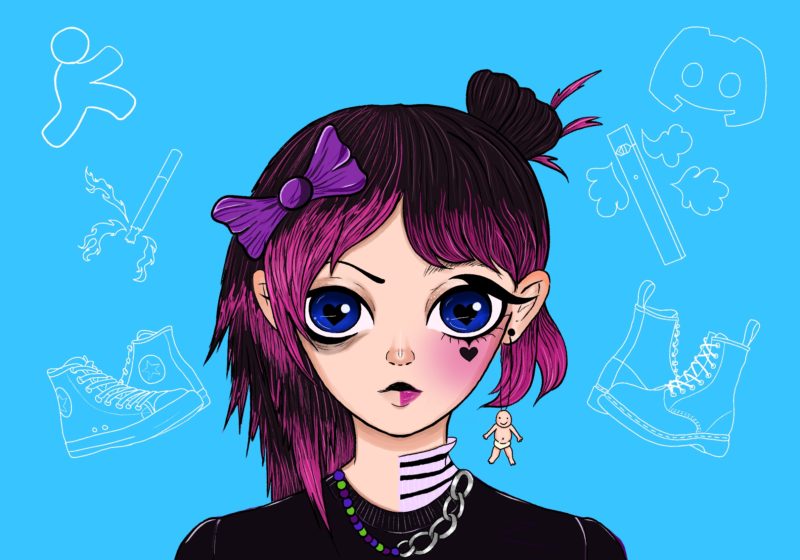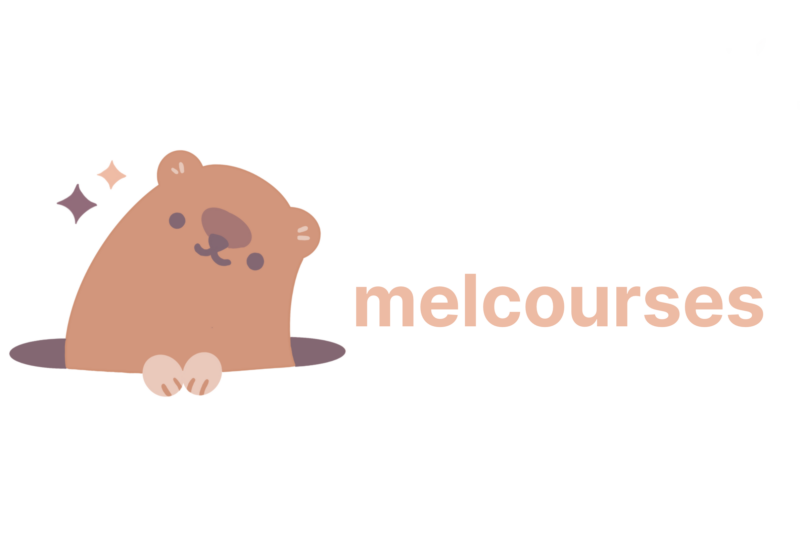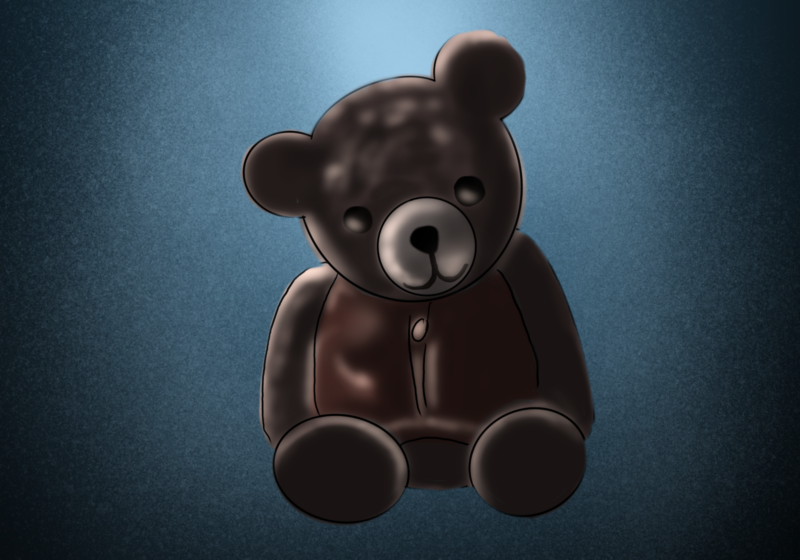The emo subculture had teens by the throat during the late 2000s. Unfortunately, when the great MySpace-to-Facebook migration happened, the emo subculture that had floundered there lost a lot of its members and soon faded into the background. Now, most would say that emo is dead, and that is true to an extent: the genre itself and its standing in modern pop culture is practically on life support. That being said, however, emo has evolved into a new, possibly more popular subculture.
The emo subculture stemmed directly from the music of its namesake, which featured the likes of My Chemical Romance, Fall Out Boy, and Panic! at the Disco. Its fashion was characterized by skinny jeans, eyeliner, painted nails, band t-shirts, studded belts, wristbands, and the iconic straight jet-black hair with an asymmetrical fringe. Emo managed to become an influential subculture through MySpace, which allowed young people to interact with each other without having to leave home, giving young emos easy access to like-minded people across the world. But as the subculture found mainstream popularity, so did the negative connotations it carried, often being associated with depression, self-harm, and suicide. These stereotypes led to a lot of backlash against the emo subculture, and consequently caused Panic! At the Disco and My Chemical Romance to deny being emo. This negative reputation and the eventual migration from MySpace to Facebook spelled the end for the emo subculture in its original form.
Luckily for emo, before the end of its original run, it had already evolved into a new subculture, known as scene. Scene saw emo expand its musical repertoire to include metal, crunk, electronic, indie rock, emo pop, and pop-punk, taking a detour away from emotional emphasis while still leaning towards rock influences. Fashion-wise, scene took the core of emo fashion and added more color and accessorization to it. Unfortunately, the popularity that emo found in its new life as scene wouldn’t last much longer. By the late 2010s, scene began losing its popularity and eventually faded away completely.
However, scene wasn’t the end of emo’s evolution; the two would further evolve into a new subculture. E-kids, the collective term for e-boys and e-girls, are the most recent iteration of emo. The e-kid subculture started in 2018, and quickly rose to popularity following the worldwide release of TikTok in the same year. Unlike scene, the e-kid subculture continued to pull away from its rock-based roots while also returning to the emotional emphasis of the emo genre. E-kids are strongly associated with “sad boy” music, which is music that focuses on sadness and mental illness, such as emo rap.
With e-kids being the most recent iteration of emo, their success in infiltrating pop culture raises an important question: why are e-kids so popular while emo and scene kids weren’t? E-kids beat out emo and scene in popularity due to various reasons, such as being associated with more mainstream music and more fashionable styling, making the subculture easier to get into. This new iteration of emo is primarily known for fashion and “thirst traps,” which are popular both within the subculture and on TikTok’s platform as a whole. On top of this, e-kid fashion draws considerable influence from K-pop fashion, which started becoming mainstream in western media around the same time. Simply put, a lot of the subculture’s popularity comes down to the timing of its emergence and its fresh spin on what its predecessors left it with.






